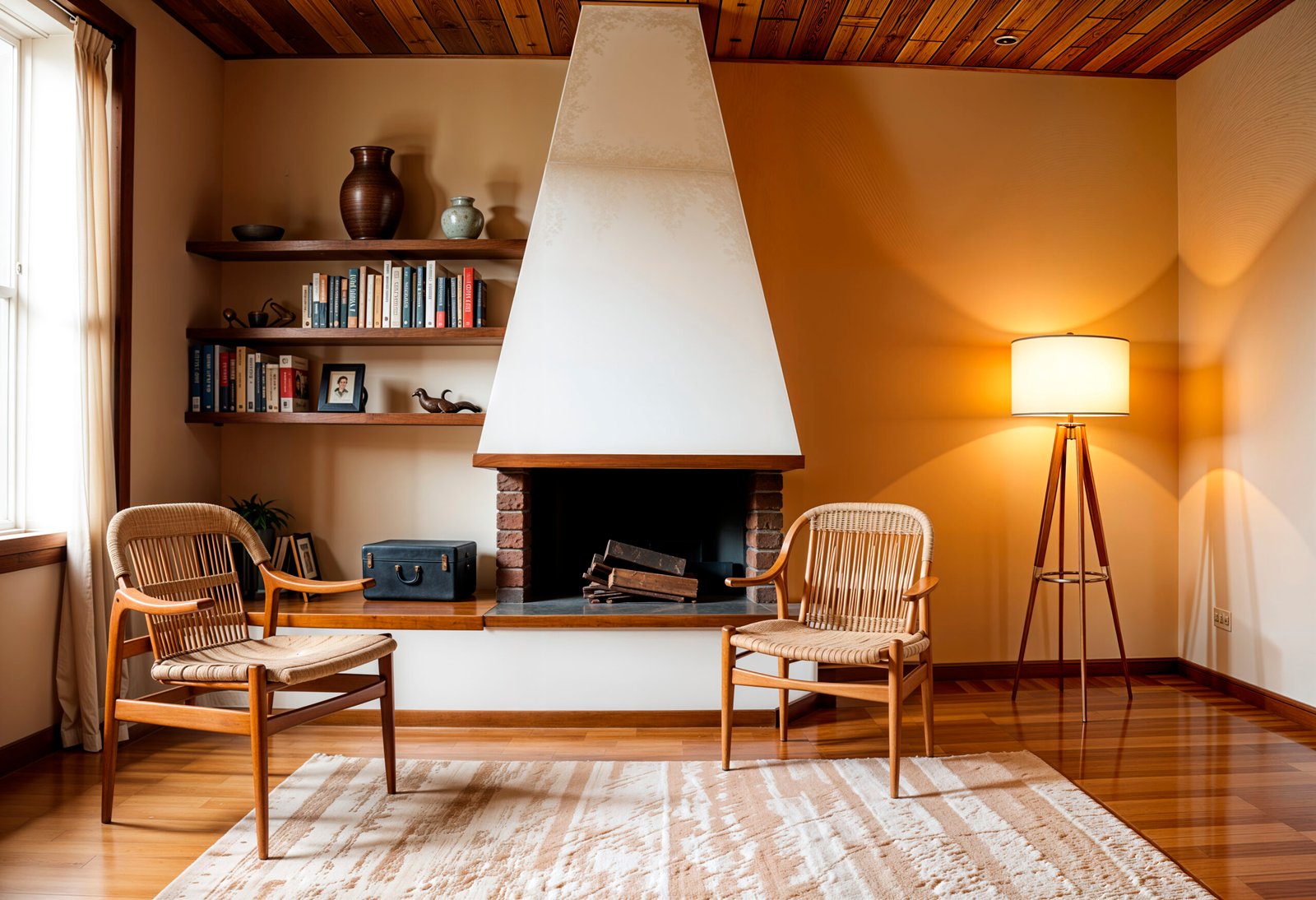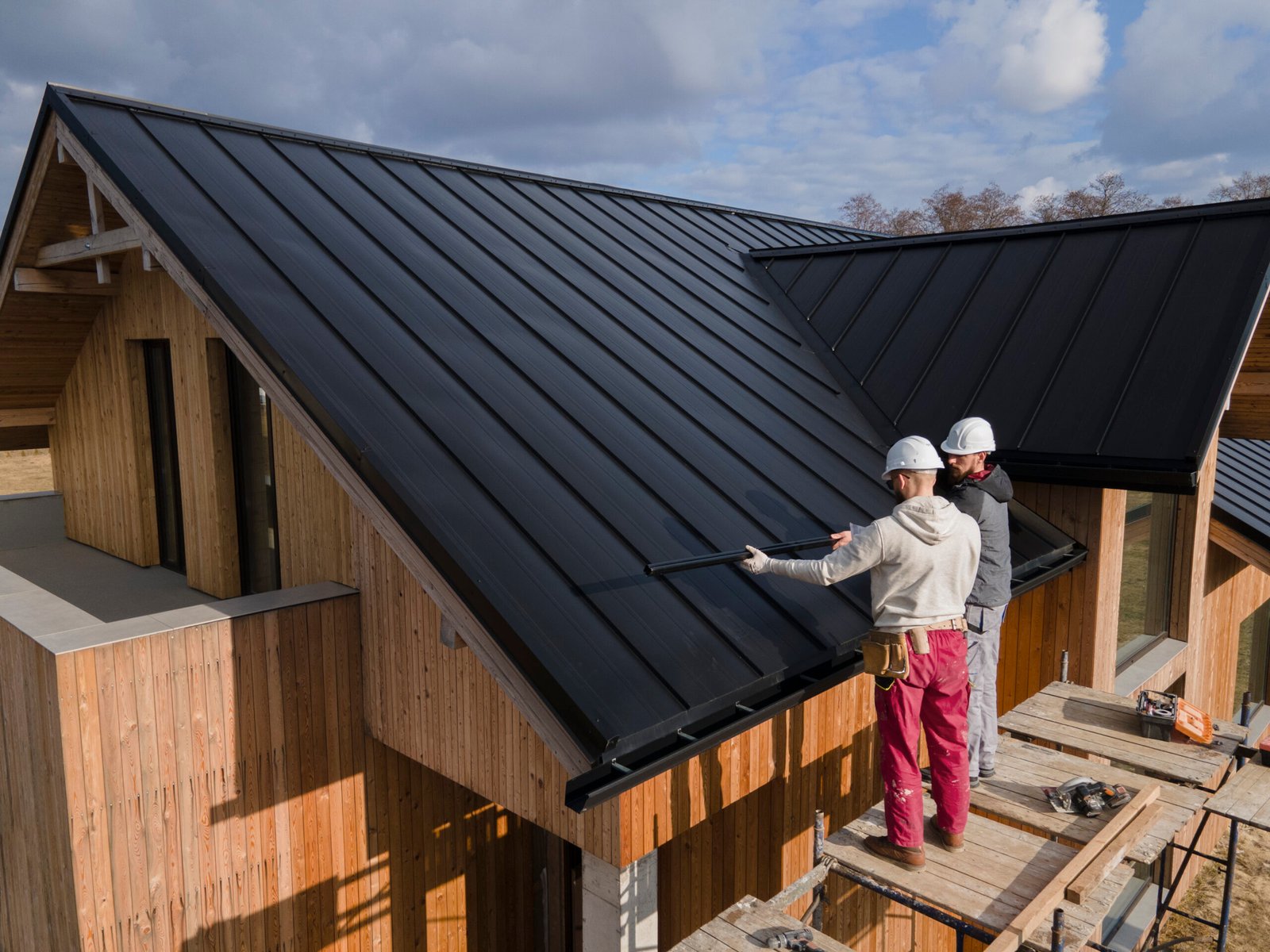Creating a sophisticated and safe fireplace design has never been more achievable than with a flush hearth in wood floor quartzite cream. This modern approach to fireplace installation combines the warmth of natural wood flooring with the durability and elegance of cream-colored quartzite, creating a seamless transition that enhances both safety and aesthetics in your living space.
What Is a Flush Hearth?
A flush hearth represents a modern approach to fireplace design where the hearth surface sits perfectly level with the surrounding floor, creating an uninterrupted, seamless transition. Unlike traditional raised hearths that create a step-up platform, a flush hearth in wood floor quartzite cream eliminates elevation differences, resulting in a contemporary, streamlined appearance.
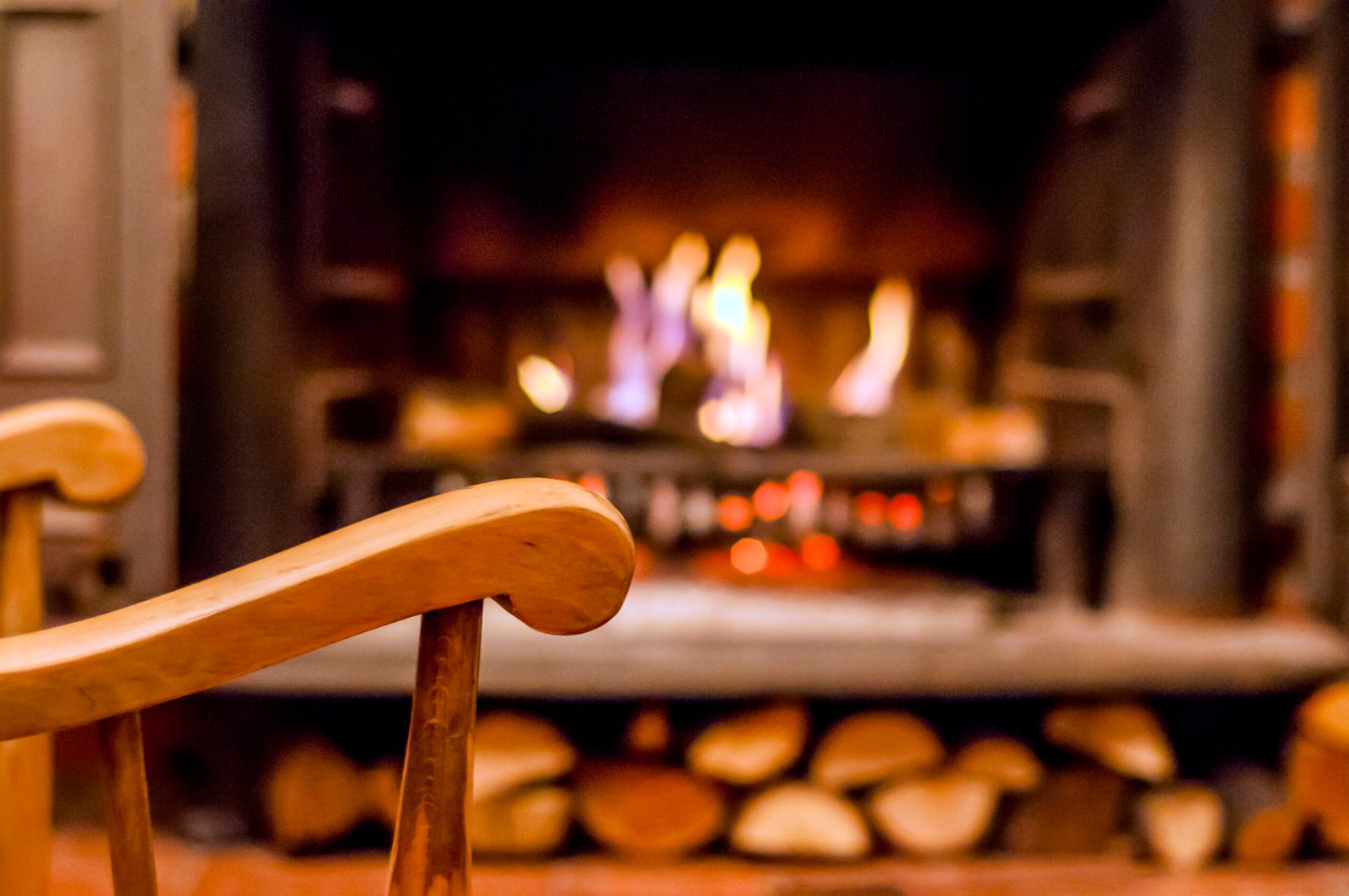
Key Characteristics of Flush Hearths
- Level Surface: The hearth maintains the same height as the surrounding flooring
- Seamless Integration: No visible transitions or elevation changes
- Modern Aesthetic: Clean lines that complement contemporary design styles
- Enhanced Safety: Eliminates tripping hazards associated with raised platforms
- Flexible Space Planning: Allows furniture to be positioned closer to the fireplace
Building Code Compliance
Most building codes require fireplace hearths to extend a minimum of 16 inches in front of the fireplace opening and 8 inches on each side. A flush hearth in wood floor quartzite cream design can meet these requirements while maintaining the level surface, making it both code-compliant and aesthetically pleasing.
Understanding Wood Floor Integration
The integration of wood flooring with a flush hearth requires careful planning and expert execution. When implementing a flush hearth in wood floor quartzite cream design, the wood flooring serves as the foundational element that dictates the final elevation of the entire installation.
Wood Floor Considerations
Flooring Types Compatible with Flush Hearths
- Engineered Hardwood: Offers stability and moisture resistance
- Solid Hardwood: Traditional choice with natural beauty
- Luxury Vinyl Plank: Budget-friendly option with realistic wood appearance
- Laminate Flooring: Cost-effective alternative with good durability
Expansion and Contraction Management
Wood flooring naturally expands and contracts with temperature and humidity changes. A properly designed flush hearth in wood floor quartzite cream installation must account for this movement by:
- Maintaining appropriate expansion gaps around the hearth perimeter
- Using flexible sealants that accommodate movement
- Installing proper underlayment systems
- Considering seasonal climate variations
Heat Protection Zones
Building codes typically require non-combustible materials within specific distances from the fireplace opening. The quartzite cream portion of your flush hearth serves as this protective barrier, while the wood flooring is positioned at safe distances according to local fire safety regulations.
Why Quartzite Cream Is the Perfect Choice
Quartzite cream has emerged as the premier material for creating a flush hearth in wood floor quartzite cream installation due to its unique combination of beauty, durability, and practicality.
Physical Properties of Quartzite
Durability Characteristics
- Hardness Rating: 7 on the Mohs scale (harder than granite at 6-6.5)
- Heat Resistance: Can withstand temperatures up to 1,200°F without damage
- Scratch Resistance: Excellent resistance to everyday wear and tear
- Chemical Resistance: Non-reactive to most household cleaners and spills
- Freeze-Thaw Stability: Excellent performance in varying temperature conditions
Aesthetic Qualities
The cream coloration in quartzite offers several design advantages:
- Neutral Palette: Complements both warm and cool color schemes
- Natural Variation: Each slab features unique veining and patterns
- Light Reflection: Cream tones help brighten living spaces
- Timeless Appeal: Won’t look dated as design trends change
- Versatile Finishes: Available in polished, honed, brushed, and natural finishes
Quartzite vs. Other Stone Options
| Material | Heat Resistance | Durability | Maintenance | Cost | Appearance |
|---|---|---|---|---|---|
| Quartzite Cream | Excellent | Superior | Low | High | Natural, Elegant |
| Granite | Good | Excellent | Medium | Medium-High | Varied Patterns |
| Marble | Poor | Good | High | High | Luxurious |
| Slate | Good | Good | Medium | Medium | Rustic |
| Limestone | Fair | Fair | High | Medium | Traditional |
Environmental Considerations
Quartzite is a natural stone that requires minimal processing compared to engineered materials, making it an environmentally responsible choice for your flush hearth in wood floor quartzite cream project.
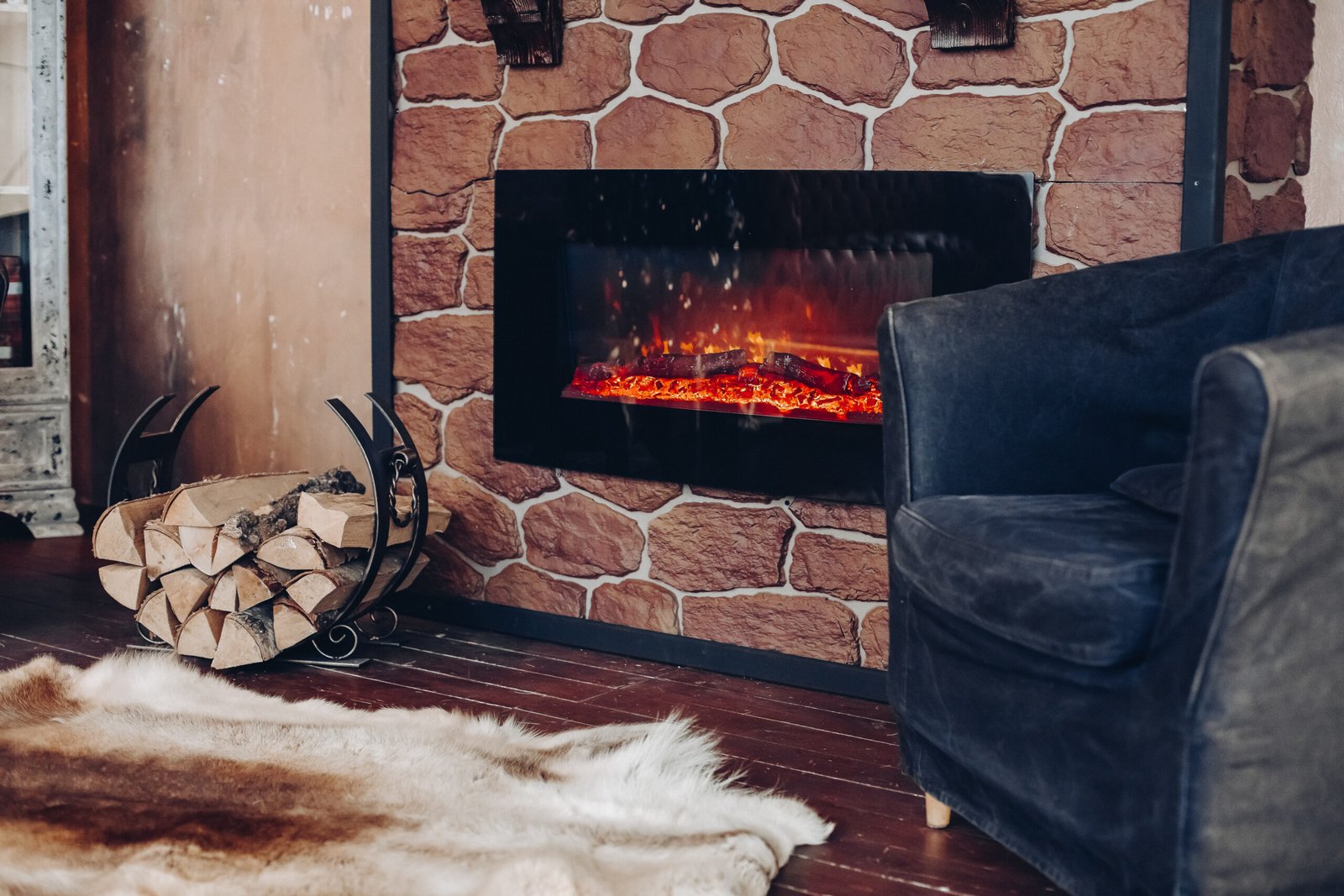
Installation Process
Creating a successful flush hearth in wood floor quartzite cream installation requires careful coordination between multiple trades and precise attention to detail throughout each phase.
Phase 1: Planning and Design
Measurements and Layout
- Determine fireplace opening dimensions and required hearth extensions
- Calculate wood flooring layout to optimize appearance and minimize waste
- Plan quartzite slab layout to minimize seams and maximize pattern continuity
- Establish elevation benchmarks for achieving perfect flush alignment
Structural Considerations
- Verify subfloor stability and levelness
- Check for adequate support for quartzite weight (approximately 12-15 lbs per square foot)
- Ensure proper fireplace box installation and positioning
- Coordinate with HVAC systems for proper clearances
Phase 2: Subfloor Preparation
Leveling Requirements
A flush hearth in wood floor quartzite cream demands exceptional subfloor preparation:
- Maximum allowable variation: 1/8 inch over 10 feet
- Use self-leveling compounds as needed
- Install proper moisture barriers
- Ensure adequate ventilation beneath flooring systems
Underlayment Selection
Different areas require specific underlayment systems:
- Wood Floor Areas: Standard flooring underlayment with moisture barrier
- Hearth Transition Zone: High-temperature resistant materials
- Quartzite Area: Structural support substrate capable of handling stone weight
Phase 3: Fireplace Box Installation
The fireplace unit must be positioned with the finished floor height in mind:
- Set fireplace opening at calculated height to achieve flush hearth alignment
- Install proper flashing and weatherproofing
- Coordinate with electrical and gas connections as needed
- Verify clearances meet manufacturer specifications and local codes
Phase 4: Wood Flooring Installation
Installation Sequence
- Acclimate Materials: Allow wood flooring to adjust to room conditions
- Install Starting Row: Begin installation away from hearth area
- Work Toward Hearth: Maintain consistent spacing and alignment
- Create Transition Zone: Carefully cut flooring to interface with hearth area
- Leave Expansion Gaps: Maintain required spacing around hearth perimeter
Specialized Cuts and Transitions
The interface between wood flooring and the quartzite hearth requires precision cuts:
- Use carbide-tipped blades for clean cuts
- Create templates for complex shapes
- Plan for expansion joint placement
- Consider threshold options for elevation transitions
Phase 5: Quartzite Installation
Slab Preparation
- Verify slab dimensions and pattern matching
- Perform final fitting and adjustments
- Apply edge treatments as specified
- Prepare adhesive and support systems
Installation Techniques
Professional installation of quartzite for a flush hearth in wood floor quartzite cream involves:
- Full-Bed Adhesive Application: Ensures complete support and eliminates voids
- Mechanical Fastening: Secure attachment to substrate in high-stress areas
- Precision Leveling: Achieve perfect alignment with adjacent wood flooring
- Joint Sealing: Waterproof connections between quartzite sections
Phase 6: Finishing and Sealing
Surface Preparation
- Remove installation residue and dust
- Inspect for surface imperfections
- Prepare surfaces for sealing applications
Sealing Process
Proper sealing is crucial for long-term performance:
- Quartzite Sealing: Apply penetrating sealer to prevent staining
- Joint Sealing: Use high-temperature flexible sealant at transitions
- Wood Floor Finishing: Apply protective coatings as specified
- Final Cleaning: Remove all construction debris and residue
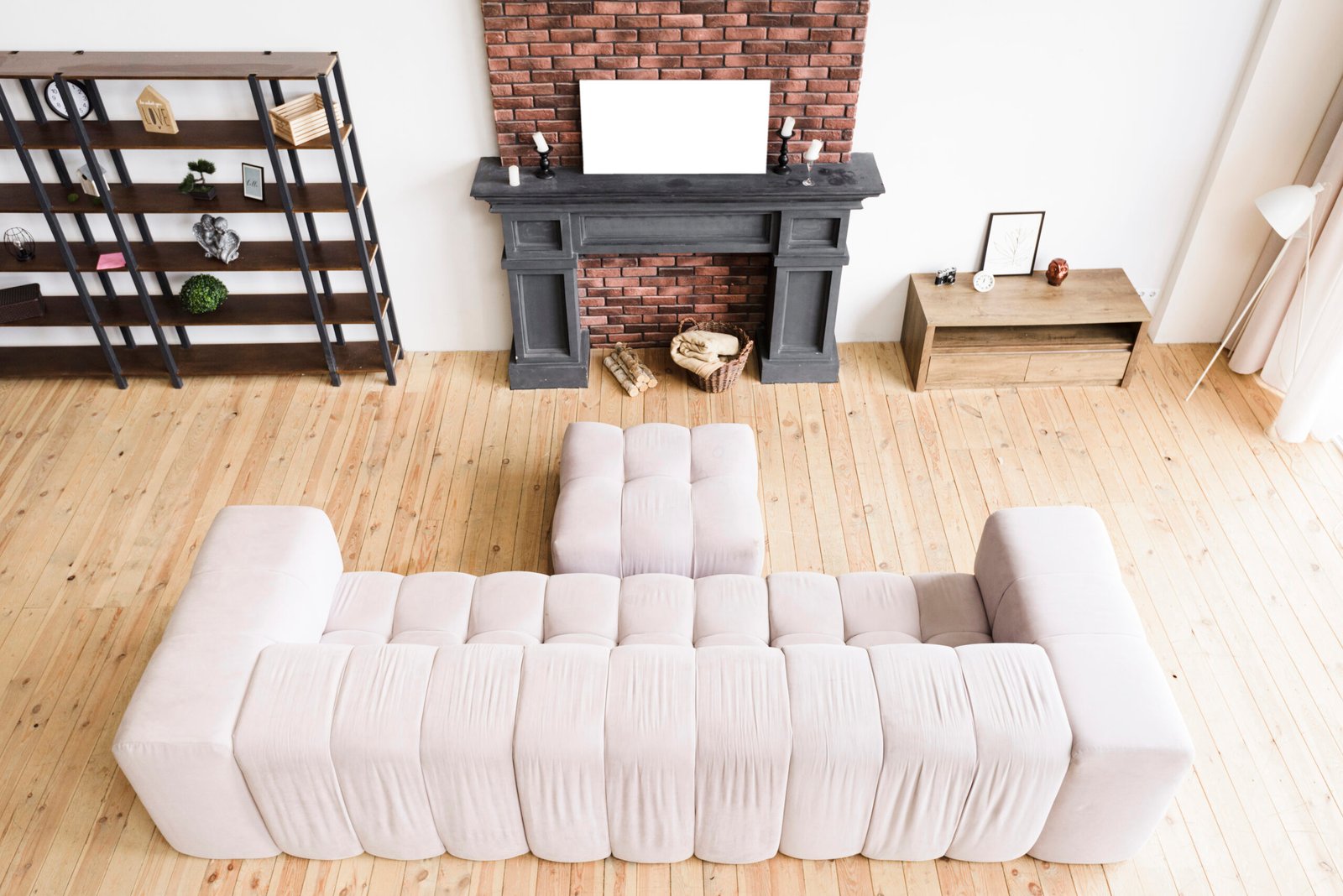
Design Benefits and Considerations
A flush hearth in wood floor quartzite cream offers numerous advantages that make it an increasingly popular choice for modern homes.
Safety Advantages
Elimination of Tripping Hazards
Traditional raised hearths create elevation changes that can cause accidents, particularly for:
- Children running through living spaces
- Elderly family members with mobility concerns
- Guests unfamiliar with the room layout
- Low-light conditions where visibility is reduced
Improved Emergency Egress
Flush hearths provide unobstructed pathways during emergency situations, complying with universal design principles that prioritize accessibility and safety.
Aesthetic Benefits
Visual Continuity
The seamless transition creates several visual advantages:
- Expanded Perceived Space: Rooms appear larger without elevation breaks
- Enhanced Flow: Natural movement patterns throughout the living area
- Design Flexibility: Furniture arrangement options are significantly increased
- Contemporary Appeal: Aligns with modern minimalist design principles
Material Harmony
The combination of wood flooring and quartzite cream creates natural material harmony:
- Warm wood tones complement the neutral cream stone
- Natural textures add visual interest without overwhelming the space
- Both materials age gracefully, maintaining beauty over time
- Versatile backdrop for various decorating styles
Functional Considerations
Furniture Placement Flexibility
Without the barrier of a raised hearth, homeowners can:
- Position seating closer to the fireplace for intimate gatherings
- Create more varied furniture arrangements
- Utilize space more efficiently in smaller rooms
- Accommodate larger furniture pieces that might otherwise be restricted
Maintenance Accessibility
Flush hearths simplify routine maintenance:
- Easier to clean without elevation changes
- Reduced dust and debris accumulation
- Simplified access for fireplace servicing
- More effective vacuuming and mopping
Maintenance and Care
Proper maintenance ensures your flush hearth in wood floor quartzite cream installation remains beautiful and functional for decades.
Daily Maintenance
Wood Floor Care
- Regular Sweeping: Remove debris that could scratch surfaces
- Immediate Spill Cleanup: Prevent moisture damage and staining
- Controlled Humidity: Maintain 30-50% relative humidity year-round
- Protection from Furniture: Use felt pads under furniture legs
Quartzite Care
- Daily Dusting: Use microfiber cloths to remove surface dust
- Spill Management: Clean spills immediately to prevent staining
- Avoid Harsh Chemicals: Use pH-neutral cleaners only
- Heat Protection: Use fireplace screens to prevent ember damage
Weekly Maintenance
Deep Cleaning Routine
- Wood Floors: Use manufacturer-approved cleaning products
- Quartzite Surfaces: Clean with stone-specific cleaners
- Transition Areas: Pay special attention to joints and seams
- Fireplace Components: Remove ash and debris regularly
Monthly Maintenance
Inspection Protocol
Regular inspection helps identify issues before they become problems:
- Check for loose or damaged flooring planks
- Inspect quartzite for chips, cracks, or staining
- Examine sealant joints for separation or deterioration
- Verify fireplace components are functioning properly
Annual Maintenance
Professional Services
- Wood Floor Refinishing: As needed based on wear patterns
- Quartzite Resealing: Maintain stain resistance and appearance
- Fireplace Inspection: Professional safety and performance evaluation
- Joint Resealing: Replace deteriorated sealants and caulking
Seasonal Considerations
Winter Preparation
- Monitor humidity levels to prevent wood floor damage
- Ensure adequate fireplace ventilation
- Check for ice damage around exterior fireplace components
- Inspect for settling cracks due to freeze-thaw cycles
Summer Maintenance
- Address expansion gaps that may have opened during dry periods
- Clean and inspect chimney components
- Check quartzite sealer effectiveness with water drop tests
- Prepare fireplace system for dormant season
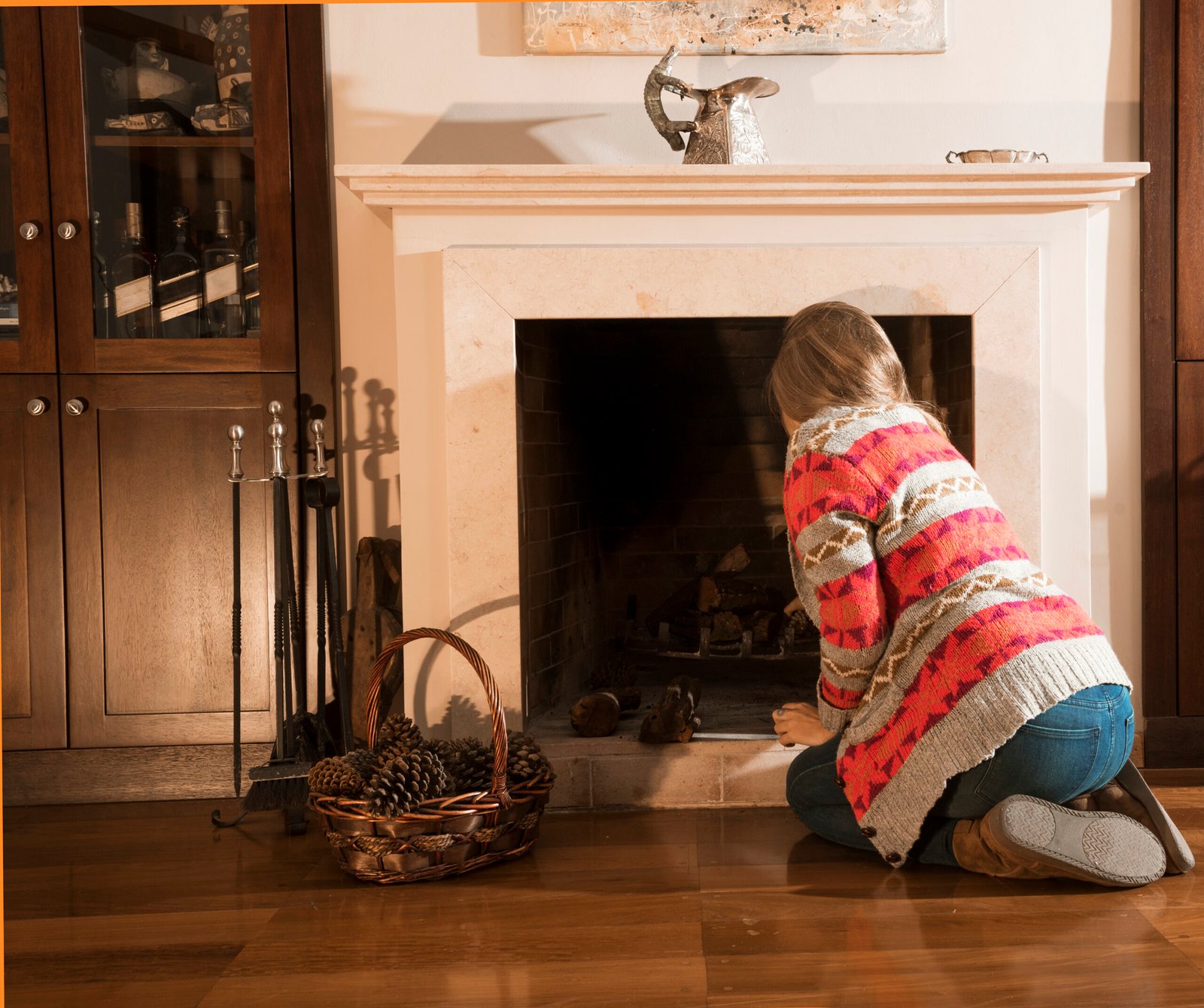
Cost Considerations
Understanding the investment required for a flush hearth in wood floor quartzite cream installation helps homeowners make informed decisions.
Material Costs
Quartzite Pricing Factors
- Slab Quality: Premium slabs with exceptional veining command higher prices
- Thickness: Standard 3cm thickness vs. thicker options for heavy-use areas
- Edge Treatments: Polished, beveled, or custom edge profiles affect cost
- Pattern Matching: Book-matched slabs require careful selection and increase cost
| Quartzite Grade | Price Range per sq ft | Characteristics |
|---|---|---|
| Commercial Grade | $40-$60 | Consistent color, minimal veining |
| Premium Grade | $60-$90 | Attractive patterns, good durability |
| Exotic Grade | $90-$150+ | Unique patterns, exceptional beauty |
Wood Flooring Costs
- Species Selection: Oak, maple, cherry, exotic species vary significantly
- Grade Quality: Clear grades cost more than character grades
- Plank Width: Wider planks typically command premium pricing
- Installation Complexity: Flush hearth integration increases labor costs
Labor and Installation
Specialized Installation Requirements
A flush hearth in wood floor quartzite cream requires specialized expertise:
- Stone Fabrication: Custom cutting and edge finishing
- Precision Installation: Achieving perfect level alignment
- Multi-Trade Coordination: Flooring, stone, and fireplace specialists
- Quality Control: Detailed inspection and adjustment processes
Timeline Considerations
- Planning Phase: 2-4 weeks for design and material selection
- Material Procurement: 3-6 weeks for quartzite fabrication
- Installation Phase: 1-2 weeks depending on complexity
- Finishing and Curing: Additional week for sealing and final details
Return on Investment
Home Value Impact
Quality fireplace installations typically provide excellent returns:
- Immediate Appeal: Attractive to potential buyers
- Functional Benefit: Year-round enjoyment for homeowners
- Durability Factor: Long-term performance reduces replacement costs
- Energy Efficiency: Supplemental heating can reduce utility costs
Long-term Cost Benefits
- Reduced Maintenance: Quality materials require less frequent service
- Insurance Benefits: Proper installation may qualify for discounts
- Energy Savings: Efficient fireplace operation reduces heating costs
- Avoided Replacement: Durable materials eliminate frequent updates
Troubleshooting Common Issues
Even well-planned installations can encounter challenges. Understanding common issues with flush hearth in wood floor quartzite cream installations helps ensure successful outcomes.
Installation Challenges
Elevation Misalignment
Problem: Quartzite hearth and wood floor don’t align perfectly Solutions:
- Adjust subfloor height using leveling compounds
- Modify fireplace box positioning if discovered early
- Use transition strips for minor elevation differences
- Consider custom threshold solutions for larger discrepancies
Expansion Joint Problems
Problem: Gaps between materials appear or disappear seasonally Solutions:
- Install proper expansion joints with flexible sealants
- Use color-matched caulking that accommodates movement
- Monitor seasonal changes and adjust as needed
- Consult with flooring professionals for persistent issues
Pattern Matching Difficulties
Problem: Quartzite veining doesn’t align as planned Solutions:
- Work with fabricator to optimize slab layout
- Consider book-matching or slip-matching techniques
- Accept natural variation as part of stone’s character
- Use transition elements to disguise mismatches
Performance Issues
Staining and Discoloration
Problem: Quartzite develops stains or discoloration Solutions:
- Apply appropriate stone stain removers
- Increase sealing frequency for high-use areas
- Identify and eliminate stain sources
- Professional restoration for severe discoloration
Thermal Shock Damage
Problem: Quartzite cracks due to rapid temperature changes Solutions:
- Use fireplace screens to moderate heat exposure
- Allow gradual temperature transitions
- Inspect regularly for stress crack development
- Professional repair for significant damage
Wood Floor Issues
Problem: Wood flooring problems near the hearth area Solutions:
- Maintain proper humidity levels year-round
- Address moisture infiltration sources
- Use appropriate wood species for the application
- Professional refinishing when needed
Maintenance Challenges
Cleaning Difficulties
Problem: Cleaning products leave residue or cause damage Solutions:
- Use only manufacturer-approved cleaning products
- Test cleaning products in inconspicuous areas first
- Train all family members on proper cleaning techniques
- Consider professional cleaning services for deep cleaning
Sealant Failure
Problem: Joints between materials fail or deteriorate Solutions:
- Remove failed sealant completely before replacement
- Use high-quality, temperature-rated sealants
- Apply sealants during optimal weather conditions
- Schedule regular inspection and maintenance
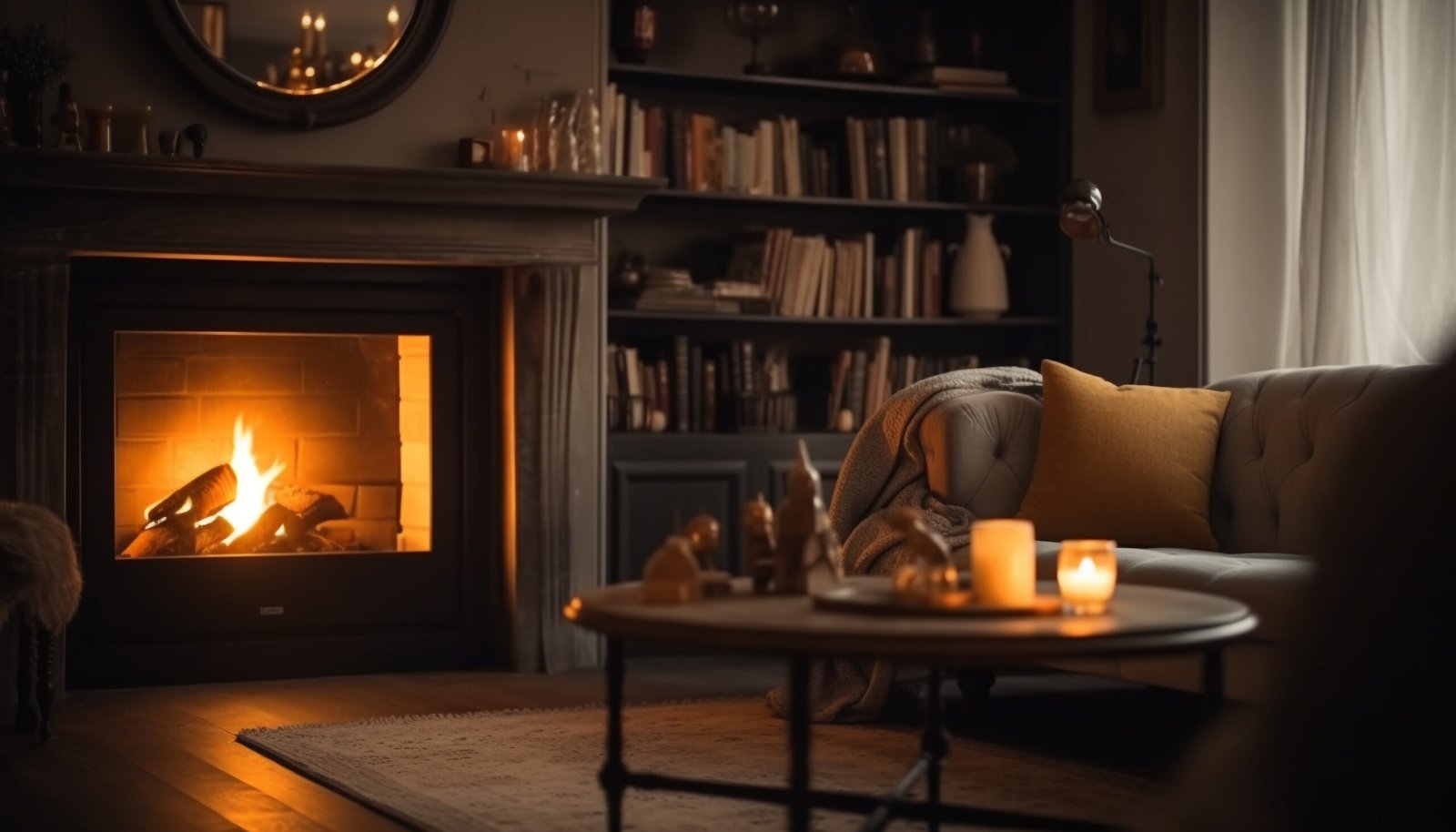
Design Inspiration and Variations
The versatility of flush hearth in wood floor quartzite cream allows for numerous design interpretations that can complement various architectural styles and personal preferences.
Contemporary Design Applications
Minimalist Approach
- Clean lines with minimal ornamentation
- Large format quartzite slabs to minimize joints
- Consistent wood plank widths and patterns
- Neutral color palettes throughout the space
- Integrated lighting to highlight material transitions
Industrial Modern
- Raw steel fireplace surrounds
- Wide plank reclaimed wood flooring
- Quartzite with prominent natural veining
- Exposed structural elements
- Concrete or steel accent materials
Scandinavian Influence
- Light wood species like ash or birch
- Subtle quartzite patterns in soft cream tones
- Emphasis on natural light and texture
- Simple, functional furniture arrangements
- Cozy textile elements for warmth
Traditional Adaptations
Transitional Style
- Classic wood species with contemporary installation
- Quartzite with subtle, consistent patterning
- Traditional fireplace surrounds with modern proportions
- Balanced color schemes mixing warm and cool tones
- Furniture that bridges traditional and contemporary styles
Rustic Contemporary
- Distressed or hand-scraped wood flooring
- Quartzite with prominent natural characteristics
- Stone or reclaimed wood fireplace surrounds
- Natural material emphasis throughout the space
- Comfortable, oversized furniture arrangements
Regional Variations
Southwestern Style
- Terra cotta or warm-toned wood species
- Quartzite with golden or warm cream coloration
- Adobe or stucco fireplace surrounds
- Natural fiber textiles and pottery accents
- Desert landscape inspiration in color choices
Coastal Design
- Light wood species with weathered finishes
- Cool-toned quartzite cream with blue undertones
- Natural materials like rope, shell, and driftwood
- Light, airy color schemes
- Casual, comfortable furniture arrangements
Custom Design Elements
Pattern Variations
- Herringbone Wood Patterns: Create visual interest in the wood flooring area
- Quartzite Inlays: Incorporate decorative stone patterns within the hearth
- Mixed Materials: Combine quartzite with other natural stones for accent borders
- Geometric Designs: Use contrasting materials to create modern patterns
Lighting Integration
- Recessed Floor Lighting: Illuminate the transition between materials
- Fireplace Accent Lighting: Highlight the quartzite texture and pattern
- Ambient Room Lighting: Create atmosphere that showcases material beauty
- Task Lighting: Provide functional illumination for hearth maintenance
Functional Enhancements
- Built-in Storage: Integrate storage solutions within the hearth design
- Seating Elements: Create built-in seating using matching materials
- Technology Integration: Incorporate modern conveniences discretely
- Accessibility Features: Design for universal access and aging in place
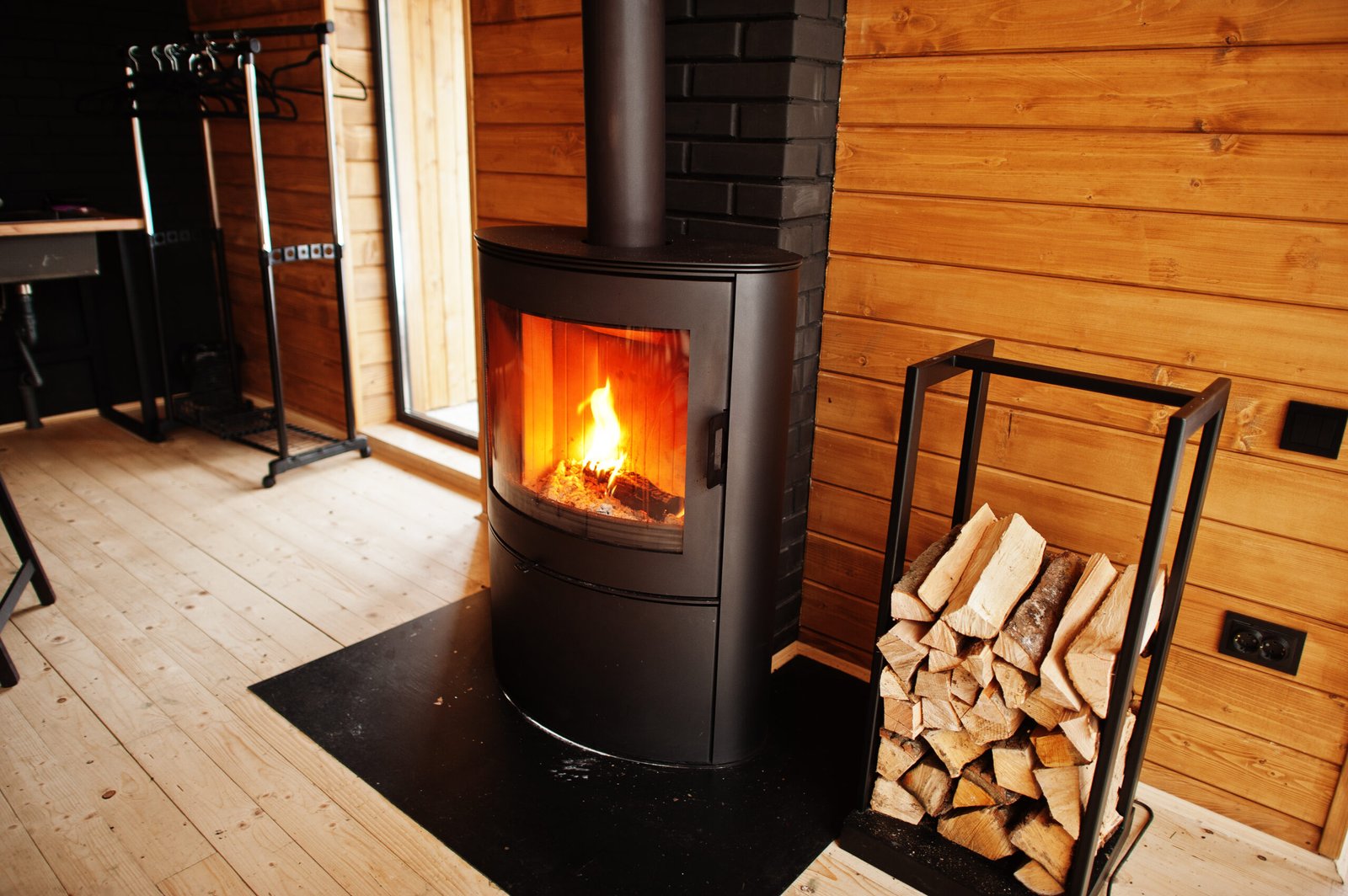
Conclusion
A flush hearth in wood floor quartzite cream represents the perfect marriage of form and function in modern fireplace design. This sophisticated approach eliminates traditional barriers while creating a seamless, safe, and beautiful focal point for your living space.
The combination of warm wood flooring with durable quartzite cream stone provides both practical benefits and timeless aesthetic appeal. From enhanced safety through elimination of tripping hazards to increased design flexibility through seamless material transitions, this installation style addresses the needs of contemporary homeowners while maintaining the cozy warmth that makes fireplaces such beloved features.
Whether you’re building a new home or renovating an existing space, the investment in a flush hearth in wood floor quartzite cream installation delivers lasting value through improved functionality, enhanced safety, and enduring beauty that will be appreciated for generations to come.
The key to success lies in careful planning, quality materials, professional installation, and ongoing maintenance. With proper attention to these details, your flush hearth will serve as the stunning centerpiece of your home’s gathering space, combining the natural beauty of wood and stone in perfect harmony.
Frequently Asked Questions (FAQs)
General Questions
Q: What exactly is a flush hearth in wood floor quartzite cream? A: A flush hearth in wood floor quartzite cream is a modern fireplace design where the quartzite stone hearth sits perfectly level with the surrounding wood flooring, creating a seamless, continuous surface. The “cream” refers to the light, neutral color of the quartzite stone that complements wood tones beautifully.
Q: Is a flush hearth safer than a traditional raised hearth? A: Yes, flush hearths are generally safer because they eliminate the raised edge that can cause tripping hazards. This makes them particularly beneficial for homes with children, elderly residents, or anyone with mobility concerns.
Q: Will a flush hearth in wood floor quartzite cream work with any type of fireplace? A: Flush hearths work with most fireplace types including gas, wood-burning, and electric units. However, the specific fireplace model and local building codes will determine exact requirements for hearth size and heat-resistant materials.
Installation and Design
Q: Can I install a flush hearth in an existing home, or is it only for new construction? A: While flush hearths are easier to install during new construction, they can be retrofitted into existing homes. However, renovation installations may require subfloor modifications, fireplace repositioning, and potentially more complex work to achieve the perfect flush alignment.
Q: How long does it take to install a flush hearth in wood floor quartzite cream? A: The complete installation typically takes 2-4 weeks, including planning, material procurement, and installation. The actual installation phase usually requires 1-2 weeks, depending on the complexity of the project and coordination between different trades.
Q: Do I need special permits for a flush hearth installation? A: Most flush hearth installations require building permits, especially if they involve fireplace modifications or structural changes. Your contractor should handle permit applications and ensure all work meets local building codes and fire safety requirements.
Q: Can I choose different wood species for the flooring with quartzite cream? A: Absolutely! Quartzite cream’s neutral tone complements virtually any wood species. Popular choices include oak, maple, cherry, walnut, and hickory. The key is ensuring the wood species you choose is appropriate for your climate and usage patterns.
Material and Durability
Q: How durable is quartzite compared to other hearth materials? A: Quartzite is one of the most durable natural stones available, rating 7 on the Mohs hardness scale. It’s harder than granite, highly heat-resistant (up to 1,200°F), and resistant to scratches, stains, and etching from acidic substances.
Q: Will the quartzite crack from fireplace heat? A: High-quality quartzite is extremely heat-resistant and unlikely to crack from normal fireplace use. However, direct contact with extremely hot objects or rapid temperature changes could potentially cause thermal shock. Using fireplace screens and allowing gradual temperature changes helps prevent this.
Q: How do I know if my quartzite needs resealing? A: Perform a simple water test by placing a few drops of water on the surface. If the water soaks in within 15-30 minutes, it’s time to reseal. Generally, quartzite should be resealed annually or biannually, depending on use and traffic.
Q: What happens if the wood floor gets damaged near the hearth? A: Individual damaged planks can typically be replaced without disturbing the quartzite hearth. This is one advantage of the flush design – repairs are more accessible than with raised hearths that might obstruct access to damaged flooring.
Maintenance and Care
Q: Is it difficult to clean a flush hearth in wood floor quartzite cream? A: Actually, flush hearths are easier to clean than raised hearths because there are no elevation changes to work around. Use pH-neutral stone cleaners for the quartzite and appropriate wood floor cleaners for the surrounding area. The seamless design makes vacuuming and mopping much simpler.
Q: Can I use a robot vacuum on a flush hearth? A: Yes! The level surface of a flush hearth in wood floor quartzite cream is perfect for robot vacuums. Just ensure the robot is programmed to avoid the immediate fireplace area when the fireplace is in use or recently used.
Q: What should I do if I spill something on the quartzite? A: Clean spills immediately with a clean cloth and mild soap. For stubborn stains, use a stone-specific cleaner. Avoid acidic cleaners like vinegar or lemon juice, which can damage the stone’s surface or sealer.
Q: How often should I have my flush hearth professionally inspected? A: Annual professional inspections are recommended, especially for the fireplace components. The quartzite and wood flooring should be evaluated every 2-3 years unless you notice specific issues like cracks, loose planks, or sealant failure.
Cost and Value
Q: How much does a flush hearth in wood floor quartzite cream cost? A: Costs vary widely based on size, materials, and complexity, but expect to invest $3,000-$8,000 for materials and installation. Premium quartzite and exotic wood species can increase costs significantly. The investment typically adds substantial value to your home.
Q: Is quartzite cream more expensive than other quartzite colors? A: Quartzite cream is typically priced in the mid-range for quartzite options. Exotic colors with dramatic veining or rare patterns command higher prices, while more common colors may cost less. The cream color’s versatility makes it a popular choice that holds its value well.
Q: Will a flush hearth increase my home’s value? A: Yes, quality fireplace installations, especially modern flush hearth designs, typically provide excellent return on investment. The combination of improved safety, aesthetic appeal, and functional benefits makes these installations attractive to potential buyers.
Q: Can I finance the installation of a flush hearth? A: Many contractors offer financing options, and some homeowners use home equity loans or lines of credit for major renovations. Check with your contractor about available financing programs or consult your bank about home improvement loan options.
Technical Questions
Q: What building codes apply to flush hearth installations? A: Building codes vary by location, but typically require non-combustible hearth materials to extend at least 16 inches in front of the fireplace opening and 8 inches on each side. The flush design can meet these requirements while maintaining the level surface. Always check local codes and work with licensed professionals.
Q: How do you handle expansion and contraction between different materials? A: Proper installation includes expansion joints filled with flexible, high-temperature sealants that accommodate seasonal movement. The quartzite remains relatively stable, while wood flooring expands and contracts more significantly. Professional installation ensures these movements are properly managed.
Q: Can radiant heating be installed under a flush hearth? A: Yes, but it requires careful planning. The quartzite area can typically accommodate radiant heating, but the wood flooring area needs species and installation methods compatible with radiant systems. Consult with both your flooring and heating professionals to ensure compatibility.
Q: What’s the minimum thickness required for quartzite in a hearth application? A: Most hearth applications use 3cm (approximately 1.25 inches) thick quartzite for durability and stability. Thicker options are available for high-traffic areas or when spanning large distances without support.
Troubleshooting
Q: What if my flush hearth develops a slight lip or height difference over time? A: Minor settling is normal, but significant height differences may indicate subfloor issues or improper installation. Small discrepancies can often be addressed with transition strips or minor adjustments. Larger problems may require professional evaluation and repair.
Q: Can I change the quartzite color later if I don’t like it? A: While possible, changing the quartzite requires complete removal and reinstallation, which is expensive and may affect the surrounding wood flooring. It’s better to carefully select your quartzite cream color initially and view large samples in your actual lighting conditions.
Q: What should I do if I notice cracks in my quartzite hearth? A: Small hairline cracks may be repairable with color-matched stone repair compounds. Larger cracks or structural damage require professional evaluation. Stop using the fireplace until the issue is assessed and repaired to prevent further damage.
Q: How do I address seasonal gaps between the quartzite and wood flooring? A: Small seasonal gaps are normal due to wood movement. Use high-quality, flexible caulk that matches your materials to fill gaps. If gaps become consistently large, consult a professional as this may indicate improper installation or unusual environmental conditions.
Design and Customization
Q: Can I add decorative elements to my flush hearth design? A: Absolutely! Options include decorative inlays, border patterns, mixed stone materials, integrated lighting, or custom edge treatments. Work with your designer to create unique elements that complement your overall design style.
Q: Will a flush hearth work with my existing furniture arrangement? A: One of the major advantages of flush hearths is their flexibility with furniture placement. Without a raised barrier, you can position furniture closer to the fireplace and create more varied seating arrangements. This typically improves rather than restricts your furniture options.
Q: Can I use underfloor heating with a flush hearth in wood floor quartzite cream? A: Yes, but it requires careful planning and compatible materials. Quartzite handles radiant heat well, but ensure your wood species and installation method are radiant-compatible. Some engineered hardwoods work better than solid wood for radiant applications.
Q: What edge treatments are available for the quartzite? A: Common edge options include straight cut, beveled, bullnose, ogee, and custom profiles. The choice affects both appearance and cost. Simpler edges like straight cuts are more affordable, while elaborate profiles increase fabrication costs but add visual interest.
For more information about fireplace design and installation, consult with certified professionals who can help you create the perfect flush hearth in wood floor quartzite cream for your specific needs and space requirements.
